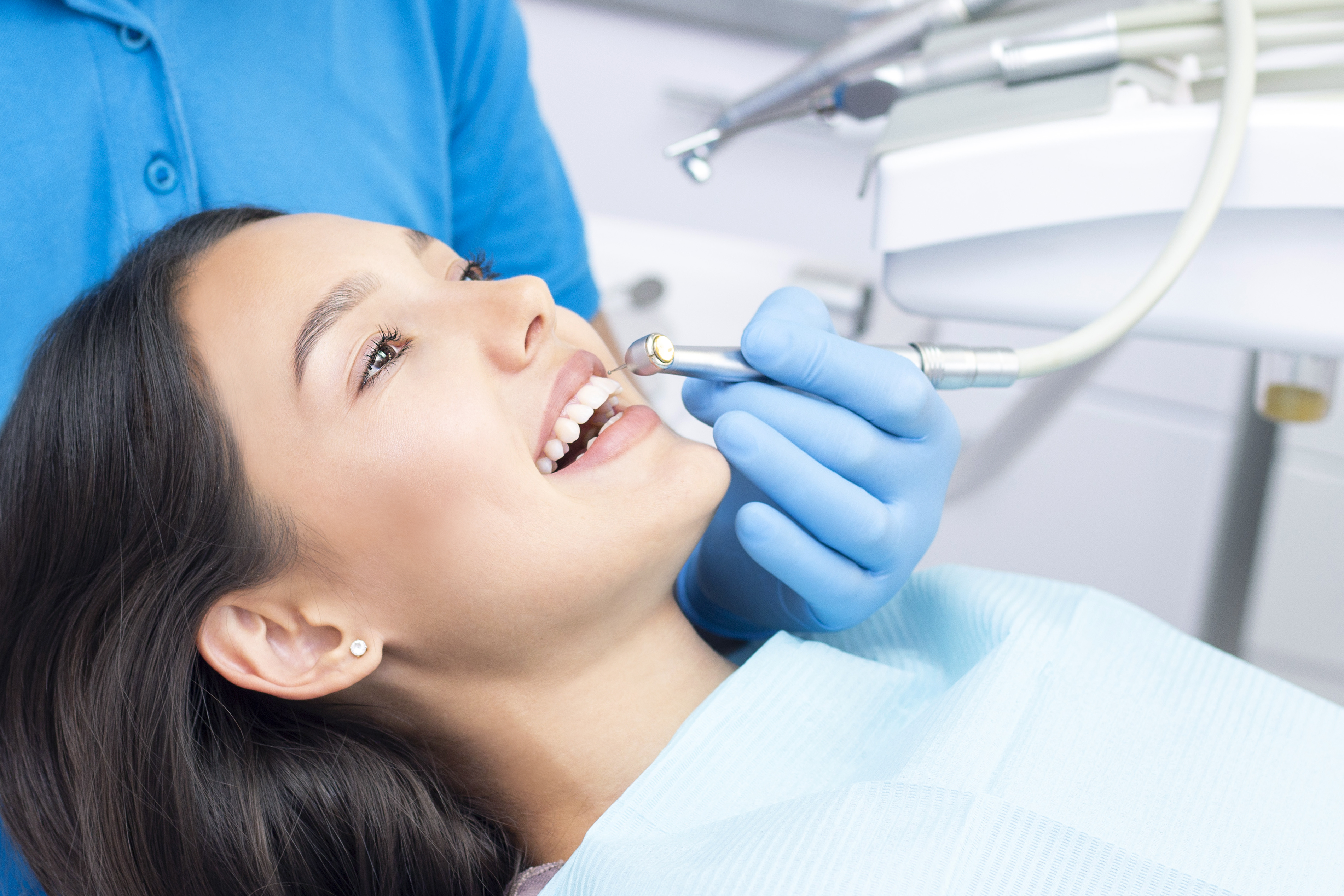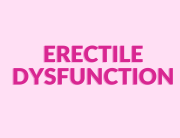Orthodontics has seen remarkable advancements in recent decades, offering patients more choices than ever before. While traditional metal braces were once the standard, clear aligners have emerged as a discreet and convenient option for many. These modern treatments can correct a wide range of dental issues with greater comfort and flexibility. Whether you’re dealing with crowding, gaps, or bite problems, visiting an ortho dental clinic can help you explore the best solution tailored to your needs and lifestyle preferences.
Understanding the Basics
Before diving into the comparison, it’s important to understand what braces and clear aligners are and how they work.
What Are Braces?
Braces are fixed orthodontic appliances used to correct misaligned teeth and jaw issues. They consist of brackets (typically metal, though ceramic options exist), archwires, and elastic bands. Braces exert consistent pressure on your teeth to guide them into proper alignment over time. The system is adjusted every few weeks by an orthodontist to ensure continuous progress.
Braces are incredibly effective for correcting complex dental issues, including severe overcrowding, large gaps, bite problems (such as overbite, underbite, and crossbite), and jaw misalignment. They are a time-tested method with decades of proven results.
What Are Clear Aligners?
Clear aligners, such as Invisalign, are removable trays made of transparent plastic. Custom-made to fit your teeth, these trays apply gentle pressure to shift teeth into position gradually. Every one to two weeks, you switch to a new set of aligners that further guides your teeth.
Unlike braces, clear aligners are not bonded to your teeth, offering a more discreet and flexible orthodontic solution. They’re especially popular among teens and adults who are concerned about aesthetics or have mild to moderate alignment issues.
Appearance and Aesthetics
One of the first things people consider when choosing between braces and aligners is how they look during treatment.
Braces Visibility
Metal braces are quite visible. Even ceramic or “tooth-colored” braces, while less noticeable, can still be detected. For many adults and teens, this visibility can be a point of discomfort or self-consciousness, especially in social or professional settings.
Clear Aligners’ Discreet Appeal
Clear aligners are nearly invisible. Unless someone is looking closely, most won’t even notice you’re wearing them. This makes them highly appealing to individuals who want a low-profile solution to straighten their teeth. For those who prefer a subtle approach, aligners are often the go-to choice.
Comfort and Daily Life
How orthodontic appliances feel and how they impact your routine is a major factor in choosing between braces and aligners.
Comfort Level with Braces
Braces can cause discomfort, especially after adjustments. The brackets may irritate your inner cheeks and lips, and wires can occasionally poke into soft tissue. Eating hard or sticky foods can be difficult, and oral hygiene becomes more challenging due to the hardware attached to your teeth.
However, you don’t have to worry about removing them for meals or keeping track of them, which can be seen as a benefit for children or teens who may be prone to misplacing removable devices.
Life with Clear Aligners
Clear aligners are generally more comfortable because there are no sharp wires or brackets. They do exert pressure, especially when switching to a new tray, but the discomfort tends to be milder and more manageable.
However, clear aligners must be worn for 20–22 hours a day to be effective. You’ll need to remove them when eating or drinking anything other than water, and you’ll have to clean your teeth before putting them back in. This can be a hassle in public or during busy days. There’s also the responsibility of not losing or damaging them.
Effectiveness and Results
Ultimately, everyone wants a treatment that delivers the best results. But which option is more effective?
Braces: Power and Precision
Braces are considered more effective for complex orthodontic issues. They give orthodontists greater control over tooth movement and jaw alignment. Since they’re fixed in place, they work continuously and don’t depend on patient compliance.
Severe malocclusion, rotated teeth, or issues involving the jaw are often better treated with braces. If your case is complex, an orthodontist will likely recommend traditional braces for optimal outcomes.
Clear Aligners: Good for Simpler Cases
Clear aligners are very effective for mild to moderate dental issues, such as minor crowding, spacing, and alignment. However, they are not always suitable for complex cases. If you have a more severe issue, aligners might not be powerful enough to produce the desired results.
Additionally, since aligners are removable, the success of the treatment largely depends on your consistency. Skipping wear time or forgetting to switch trays on schedule can delay or even derail the process.
Cost Comparison
Orthodontic treatments can be a significant financial investment, and cost is often a major deciding factor.
Braces Cost
Traditional metal braces typically range from $3,000 to $7,000 depending on your location, case complexity, and duration of treatment. Ceramic or lingual braces tend to be more expensive. Since braces have been around for so long, many insurance plans cover a portion of the cost, especially for minors.
Clear Aligners Cost
Clear aligners are usually priced similarly to braces, with costs ranging from $3,000 to $8,000. Some direct-to-consumer brands may offer lower prices, but they often lack the supervision and customization of aligners provided by a licensed ortho dental clinic. Insurance coverage for aligners varies, so it’s important to check your specific plan.
While aligners may seem more expensive upfront, their flexibility and discreet appearance can justify the cost for many patients.
Maintenance and Oral Hygiene
Good oral hygiene is vital during orthodontic treatment to prevent decay, staining, or gum issues.
Braces and Hygiene Challenges
With braces, brushing and flossing require more effort. Food particles can easily get trapped around the brackets and wires, increasing the risk of plaque buildup and cavities. You may need special tools, like interdental brushes or water flossers, to clean effectively.
Frequent dental visits for cleanings and check-ups are also essential to monitor both orthodontic progress and oral health.
Aligners Make Cleaning Easier
Since aligners are removable, maintaining your regular brushing and flossing routine is simpler. However, aligners must be cleaned daily to prevent bacterial buildup. Failing to clean your trays can lead to bad breath, staining, or infections.
You’ll also need to be diligent about brushing after every meal before reinserting your aligners. This extra step can be inconvenient but ensures better oral hygiene throughout treatment.
Treatment Duration
How long you’ll need to wear your braces or aligners depends on various factors including age, complexity, and treatment goals.
Braces Timeline
Most people wear braces for 18 to 36 months. More complex cases could take longer. Because braces are fixed, there’s no option to “slack off” — they’re always working. This can make them a faster and more reliable solution for certain issues.
Aligners Timeline
Clear aligners often promise faster results, with average treatment durations between 6 to 18 months. However, this depends on the severity of the case and patient compliance. Skipping wear time or improper tray use can extend the treatment.
While faster results are possible, aligners require discipline and responsibility to be effective on schedule.
Suitability by Age Group
Orthodontic needs vary by age. Some options may be better suited for kids, teens, or adults.
Children and Braces
Braces are usually recommended for children and early teens because they are fixed and don’t rely on the child’s commitment to wear them properly. Since children may forget or misplace removable devices, braces offer more consistent results.
Teens and Adults: A Preference for Aligners
Teens and adults often prefer clear aligners for their discreet look and ease of use. Professionals who don’t want the appearance of braces during meetings or social interactions find aligners a more appealing solution.
However, whether braces or aligners are used will depend on the case complexity. A visit to an ortho dental clinic can help determine the most suitable treatment.
Lifestyle Factors
Beyond clinical considerations, your lifestyle can influence which option works better for you.
Braces: Less Responsibility, More Restrictions
With braces, once they’re on, they’re on. You won’t need to remember anything daily except avoiding certain foods and maintaining proper hygiene. However, they do limit your diet (no hard candies, popcorn, or sticky treats) and may make some activities (like playing wind instruments or contact sports) slightly more challenging.
Aligners: More Freedom, More Responsibility
Clear aligners allow you to eat what you want — as long as you remove them before meals and clean your teeth afterward. They’re great for special occasions, photos, and presentations. But the responsibility of proper wear time and maintenance is on you.
If you travel frequently, are very busy, or often forget things, aligners may be harder to manage. On the flip side, if you’re disciplined, they offer unmatched flexibility.
Final Thought: Which Option Is Best for You?
The decision between braces and clear aligners isn’t black and white. Each has its strengths and limitations. Braces offer power, precision, and a hands-off approach, making them ideal for children or those with more complex cases. Clear aligners offer flexibility, comfort, and discretion — perfect for adults and teens who value appearance and convenience.
In the end, the best way to determine the right choice for you is to consult a professional at an ortho dental clinic. Only a trained orthodontist can assess your specific needs, goals, and lifestyle to recommend the best treatment plan.
Remember, orthodontic treatment is a journey — one that can have a transformative impact not just on your smile, but your overall confidence and health. Whether you choose braces or aligners, the end result is a straighter, healthier smile that’s worth the effort.







Leave A Comment